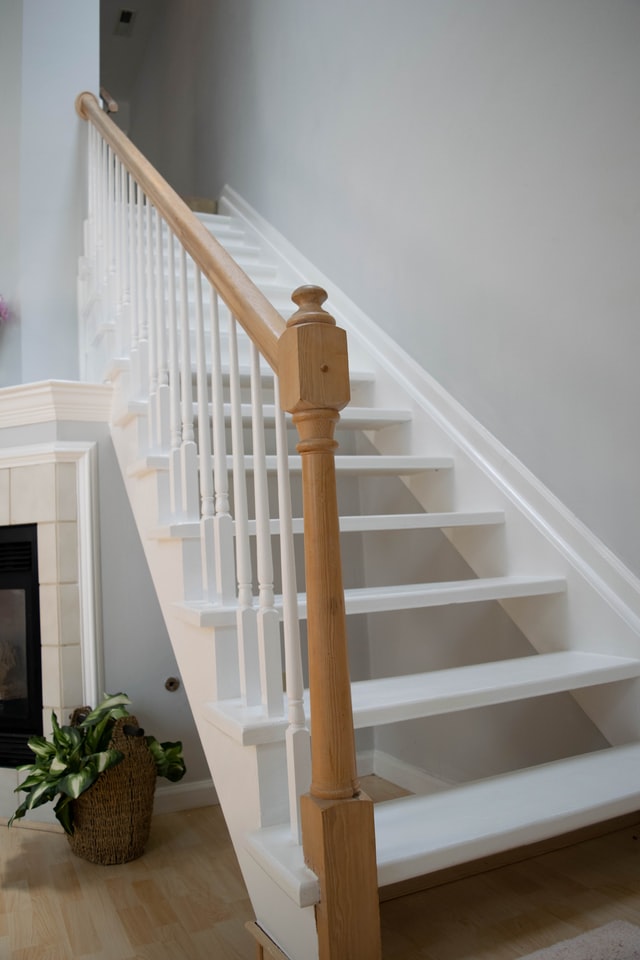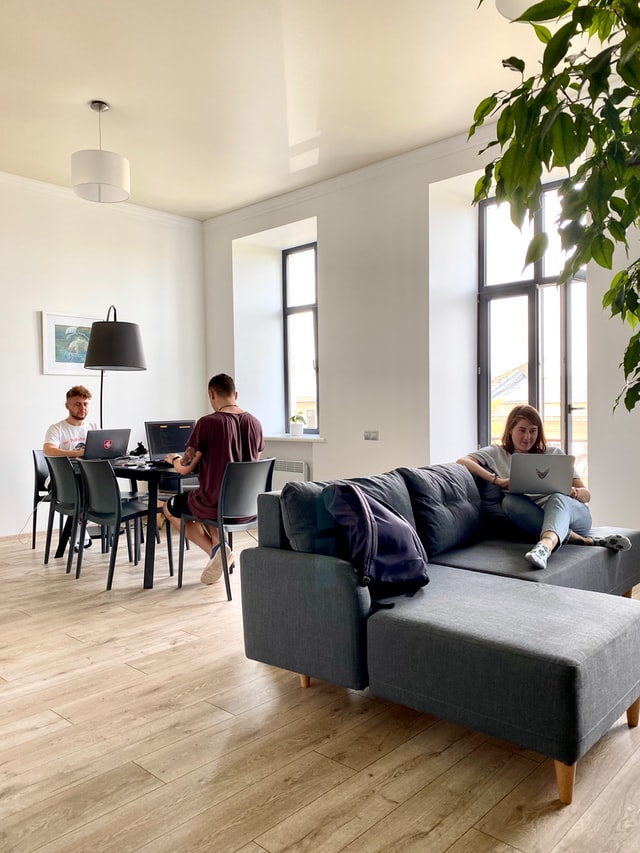The concept of aging in place, whereby older homeowners simply live in their home instead of moving to a retirement home, has been trending upward in recent years. The COVID-19 lockdowns only amplified that trend — seniors don’t want to be stuck in a home with several other residents. Unfortunately, this is causing a problem for inventory, since Baby Boomers and the Silent Generation own a combined 58% of properties. If over half of the homeowners are aging in place, they aren’t selling.
It’s not entirely their fault, though. After all, they aren’t intentionally lowering inventory out of malice. The trend is merely compounding a different issue, which is that population is increasing, but construction rates aren’t, and it’s especially low for multifamily housing. Recent legislation has made it easier to develop multifamily housing. But if that doesn’t happen, seniors moving from SFRs into retirement homes isn’t going to suddenly open up enough affordable space for everyone.
Photo by Andre Ouellet on Unsplash
More: https://journal.firsttuesday.us/baby-boomers-are-hogging-all-the-inventory/80373/



















